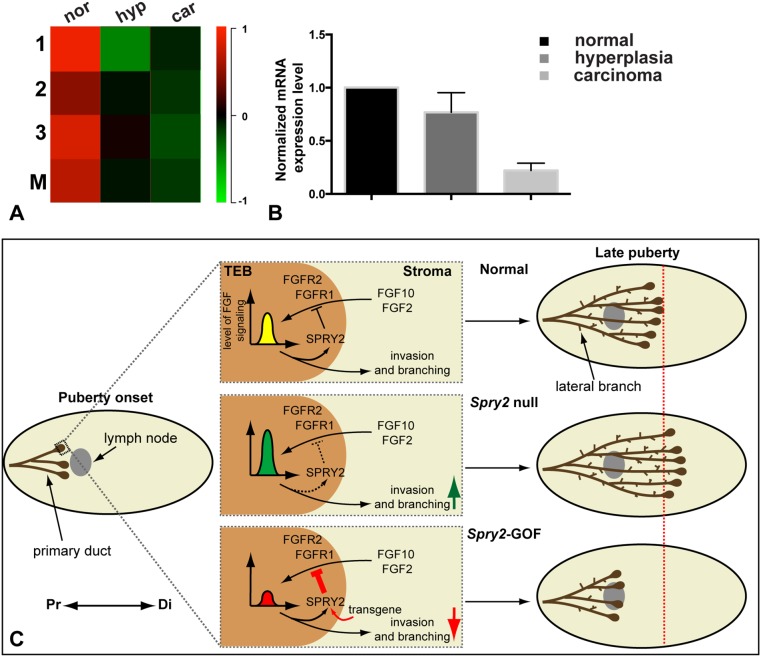Figure 6. Spry2 expression is reduced in the MMTV-PyMT mouse model.
(A–B) Spry2 expression at different stages of cancer progression in the MMTV-PyMT mouse model. (A) Spry2 expression in normal ductal epithelium (nor) and PyMT epithelium during the hyperplastic adenoma (hyp) and advanced carcinoma (car) stages relative to that in the distal un-invaded stroma of virgin female mice at 5-weeks of age. Analysis was based on data published in [39], [40]. Epithelium/distal stroma (Cy5/Cy3) expression ratios are shown for three independent experiments (lanes 1–3) and their respective means (M) using the color scale shown, with black indicating no difference in expression, red indicating relative enrichment in normal or cancer epithelium and green representing higher expression in the distal stroma. (B) Spry2 mRNA expression was measured by qPCR using RNA harvested from mammary glands at the above stages. Values were normalized against actin expression and Spry2 expression in normal glands was set as base value against which other stages were compared. (C) Model diagram depicting Spry2 function in regulation of FGF signaling during mammary gland epithelial branching. The terminal end buds (TEBs) develop at the onset of puberty (three weeks after birth) at the distal tip of each primary duct. In the following six weeks the TEBs invade the stroma in a proximal (Pr)-to-distal (Di) direction until the whole fat-pad is occupied by around nine weeks of age. The epithelial network is further elaborated by lateral branches on the side of primary ducts. Regulation of FGF signaling levels is essential for normal epithelial branching morphogenesis in the mammary gland. Stromal FGF10 and FGF2 activate FGFR2 and FGFR1 in the epithelium and stimulate SPRY2 expression. SPRY2 in turn fine-tunes FGF signaling level (yellow bell-shape) and regulates epithelial invasion and branching into the stroma. In the absence of SPRY2 function in the mutant mammary glands, FGF signaling level (green bell-shape) is higher than normal due to the loss of a negative regulator. As a consequence, epithelial invasion into the fat-pad is accelerated (green arrow) during branching morphogenesis. Conversely, SPRY2 expression is augmented in Spry2-GOF mammary glands, due to intrinsic transcriptional regulation and expression from the transgene (curved red arrow) and FGF signaling level (red bell-shape) is reduced as a result. As a consequence, epithelial invasion is stunted (red arrow) during mammary branching at late puberty.

